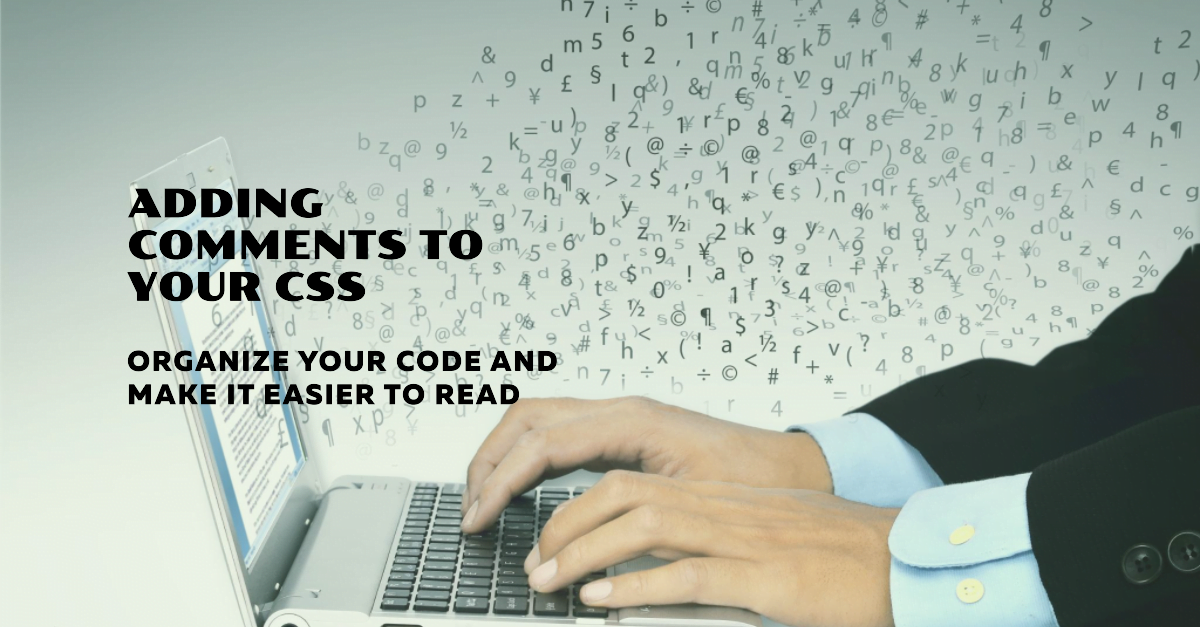Table of Contents
ToggleUnlocking Clarity: Navigating the Realm of CSS Comments for Code Readability and Maintenance
Integral to crafting code that is both organized and easy to manage, CSS comments play a crucial role in ensuring the cleanliness and maintainability of the codebase. They provide a way to explain your code to yourself and others, making it easier to understand and update later on.
What are CSS comments?
CSS comments are text notes that are ignored by the browser. They are used to:
- Explain your code: You can use comments to explain what different parts of your code do, making it easier for others to understand how your styles are applied.
- Organize your code: Comments can be used to divide your code into sections and to highlight important parts of your styles.
- Comment out code: You can comment out code that you are not using anymore, or that you are not sure about. This can be helpful when you are testing different styles.
How to write CSS comments
There are two types of CSS comments:
- Commencing with /* and concluding with */, single-line comments serve as annotations in code, contributing to its clarity and structure.
- Marked by the initiation with /* and the termination with */, multi-line comments provide a versatile means for annotating and documenting code sections comprehensively.
Here are some examples of how to write CSS comments:
/* This is a single-line comment */
p {
color: red;
}
/* This is a multi-line comment */
h1 {
font-size: 2em;
font-weight: bold;
/* This comment is on multiple lines */
}Benefits of using CSS comments
There are many benefits to using CSS comments:
- Enhancing the readability of your code, comments contribute to a clearer understanding for both yourself and collaborators, ultimately saving valuable time and effort during future code updates.
- Better code organization: Comments can help you to organize your code into sections and to highlight important parts of your styles. This can make your code easier to navigate and to maintain.
- Easier debugging: Comments can help you to identify and fix bugs in your code. When you are trying to figure out why something is not working, comments can provide valuable clues.
- Improved collaboration: Comments can help you to collaborate with other developers. When you share your code with others, comments can help them to understand your code and to make changes without breaking it.
Best practices for using CSS comments
Consider these recommended strategies when employing CSS comments to optimize your code structure:
- Use comments consistently: Don’t just comment on some parts of your code. Try to comment on all of your code, so that it is easy to understand throughout.
- Use descriptive comments: Your comments should be clear and concise. They should explain what the code does, but they should not be too long or wordy.
- Use comments to explain complex code: If you have a complex piece of code, use comments to break it down into smaller, more manageable parts.
- Use comments to document changes: When you make changes to your code, use comments to document what you changed and why you changed it. This can be helpful when you need to revert to an earlier version of your code.
Conclusion
CSS comments are a valuable tool that can help you to write clean and maintainable code. By using comments effectively, you can make your code easier to understand, debug, and collaborate with others.
